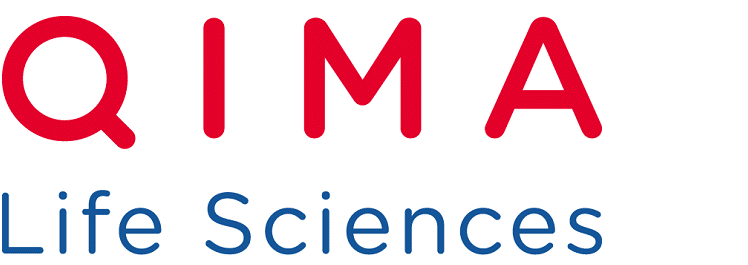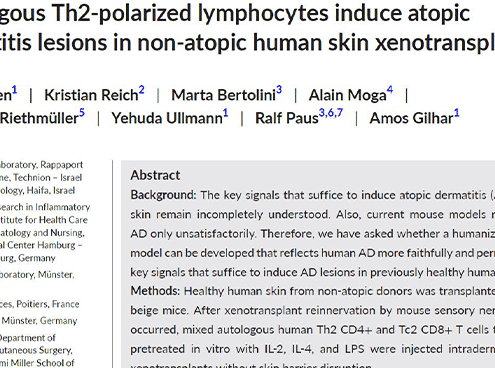
Autologous Th2-polarized lymphocytes induce atopic dermatitis lesions in non-atopic human skin xenotransplants
Atopic dermatitis, PharmacologyAtopic dermatitis (AD) is one of the most common, as yet incurable chronic inflammatory skin diseases, which occurs in distinct endotypes and shows increasing prevalence.

Atopic dermatitis
Atopic dermatitisAD is the most common dermatosis affecting children: 65% of the patients are less than a year old and 85% are below 5 years. The prevalence of this pathology is constantly on the rise and currently affects 10 to
25% of the population.
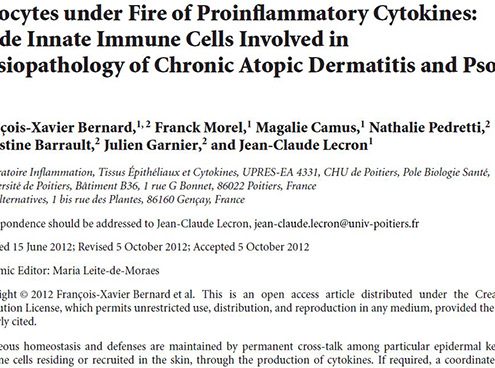
Keratinocytes under fire of proinflammatory cytokines: Bonafide innate immune cells involved in the physiopathology of chronic atopic dermatitis and psoriasis
Atopic dermatitis, Dermatite atopique, PsoriasisSpecific cytokine environment deregulation plays a central role on skin morphology and innate immunity, moving towards specific pathologies and opening the way to new therapeutic strategies.
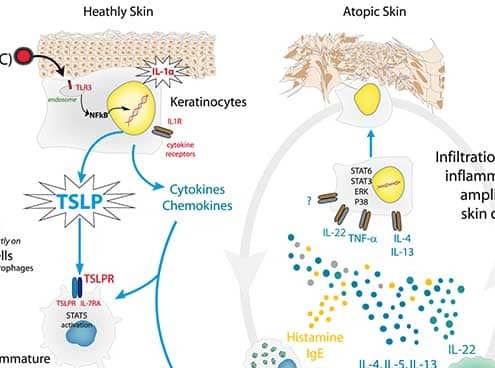
Atopic dermatitis – initiation and chemokines activation step
Atopic dermatitisThe skin lesions facilitate the passage of an antigen that the subject has previously been sensitized to.
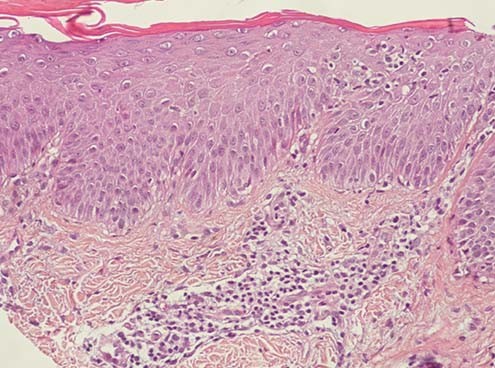
Atopic dermatitis – immune response and skin lesions
Atopic dermatitisTH2/TH22 immune response and other agents of atopic dermatitis
After polarization, the Th2 and Th22 TL migrate to the lesion area, where they release type Th2 (IL-4, IL-5, IL-13, IL-31, TNF-α) and Th22 (IL-22) cytokines respectively. These Th2/Th22 cytokines have different functions in the immunity response.
